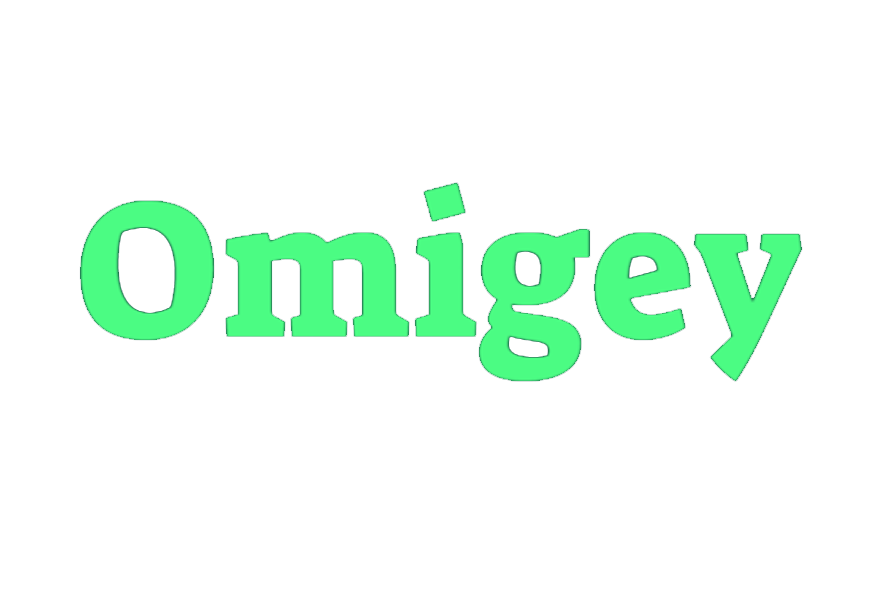Keycoats is a cement assembled arranged mixed mortar based as for mineral holding expert used for arranging cement-based surfaces before conveying. It chips away at the connection of the new plaster. Keycoats is the main factor that holds your floor joint tight.
A bond coat is consistently arranged in polymer and can go probably as protection from disintegration and various sorts of mischief. It is undefined from tack coats, in any case, it is selective. It is made to act in basically the same manner as a tack coat, but either planned for express applications or general limits anyway with all the more further evolved properties.
This kind of coat is generally used by present-day laborers to recruit for reappearing, fix occupations, and new turns of events.
What are Keycoats?
Keycoats are a cementitious Polymer changed paste base coat created to request conditions from top type, washed and assessed Sands, Off WhitePortland Cement and restrictive added substances acclimating to Australian Standard 3972.
Keycoats is the fundamental or first coat applied to a divider. The essential aim is to make the divider finish thick for unsurprising applications. At the same time, the benefit of using keycoats being developed is that it avoids hacking. A significant surface requires a holding keycoats before plastering work is started.
Keycoats are made of customary Portland cement, polymer added substances, and assessed mineral aggregate.
Corrosionpedia Explains Keycoats
The use of bond coats depends upon unequivocal tendency. Most industry affiliations propose the application of keycoats to thwart future mischief to development similarly as to shield its classy appearance. It is in like manner applied to get the most outrageous bond strength.
In essentially all application conditions, wet or new cement doesn’t show excellent sticking to dry cement. As demonstrated by various testing, a solid association between these two sorts of cement can be achieved with the use of security coats containing a wide combination of epoxies and copolymers similarly as:
- Plastic
- Polyvinyl acidic corrosive induction
- Styrene
- Acrylic tars
Such kinds of bond coats are especially recommended in colder temperatures, as these can be more strong to repeated thaw out and freeze cycles.
Bond coats can remarkably assist with thwarting damage by making the bonds existing between layers more grounded to guarantee a solid hold. It is similarly incredibly profitable on fix work, particularly in conditions where the substance included benefits defending or is as yet solid in structure.
In its application, maybe the most crucial thing is timing. Assuming new significant layers are added on top of another layer during that very day the significance was applied, bond coats may not be significant. Regardless, a bond coat remains a nice decision for any period after the principle applies.
An ideal surface game plan and cleaning are required before a holding development is performed. To check whether the bond is sufficiently strong, all things needed is to use a hammer and barely tap the external layer of the sign after 24 hours of bond application. Accepting that a vacant resonation sound is heard, the association between layers is adequate.
You are correct that a couple of undertaking laborers are choosing not to use bond coats for fix work, reappearing, or new advancement occupations. The article in the August issue was responding to a request concerning the real decision and use of polymer-based bond coats.
All things considered, the use of bond coats includes tendency. In any case, industry affiliations like the American Significant Establishment (ACI) recommend using bond coats to avoid anticipated future classy and fundamental mischief and to achieve strong security. The previous article relied upon the proposition of key industry affiliations, similarly to the delayed consequences of our testing.
In most application circumstances (aside from if the new concrete is currently different from an appropriate polymer), new, wet cement doesn’t bond well to existing dry cement. Expansive testing has shown that a more grounded association between new concrete and existing cement can be made by using bond coats that use acrylic gums, styrene-butadiene (SBR) plastic, polyvinyl acidic corrosive inference (PVA), or a wide extent of copolymers and epoxies. Such security coats are loved, especially in northern and quiet conditions where they are exhibited to help more tough security during repeated freeze/thaw out cycles.
For sure, ACI 302.1R-04, region 11.8, “Guide for Significant Floor and Piece Improvement,” shows that one of the fundamental clarifications behind spalling in the new advancement of surrendered, two-course significant floors where the base dries before the application of the top layer is the defenseless holding of the fixing to the base course.
Bond coats can help with hindering this kind of damage by strengthening the association between the layers to ensure a stronghold. Other than new endeavors, security coats (polymer-modified or not) are especially useful for fix work where the more settled cement is still on a very basic level solid and worth safeguarding.
Something fundamental to recollect with security coats is timing. Accepting a specialist for recruit adds one more layer of cement north of another layer around a similar time the primary cement was put, a bond coat may not be needed. However, any time after that hidden application, a bond coat is a nice choice.
Another key feature consider is surface preparation. Extraordinary surface preparation and progressed cleaning is an essential stage with any kind of holding development.
Notwithstanding how a task specialist chooses to bond concrete, there is a basic technique for testing to check whether the bond is strong. Softly tap on the significant fix using a sled after somewhere near 24 hours. Accepting the sound you hear is an unfilled resonation, you understand that you have a strong association between the layers.1
In summation, an extraordinary connection between the top/fix concrete and the base/remarkable significant substrate is fundamental, especially where a strong individual is required for the trading of profound weights. A strong bond can be achieved through a mix of good workmanship, surface game plan, blend and reestablishing, and a bond coat.
Use Grouts For Tiles to joint tiles.









